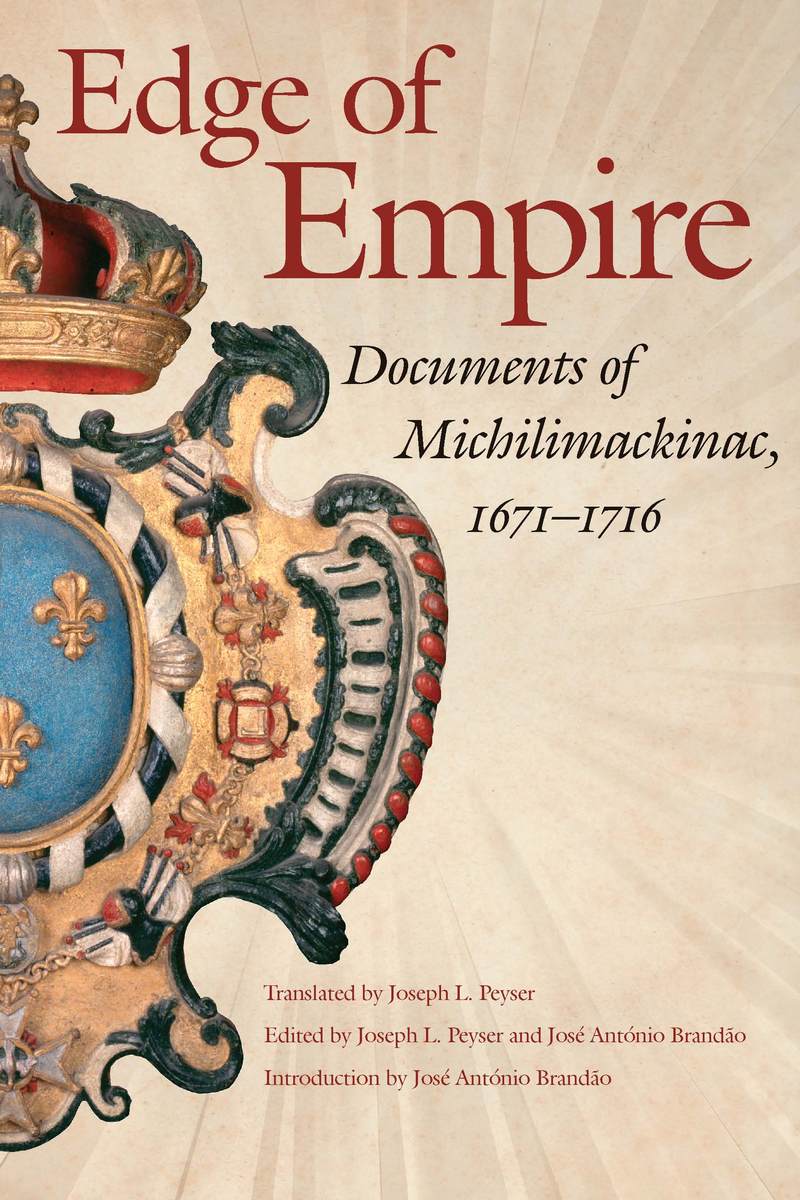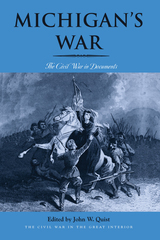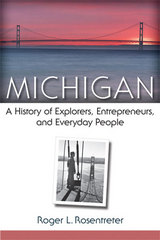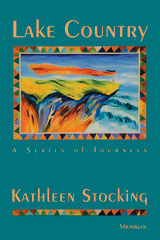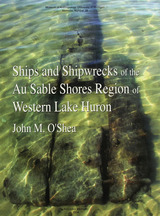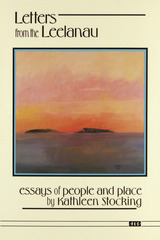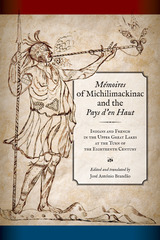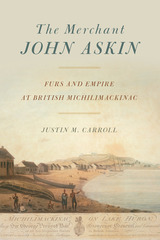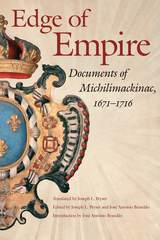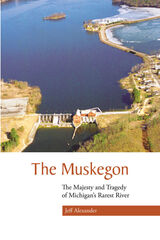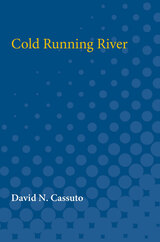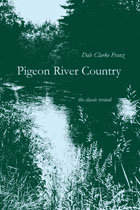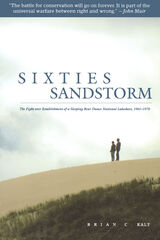Contents
Maps 000
Illustrations 000
Foreword 000
Preface 000
Acknowledgments 000
Introduction 000
Short Title List of Documents 000
Document 1
May 16, 1671: Copy of St. Lusson¿s Act of possession of the Northern Territory 000
Document 2
July 8, 1683: Petition by Charles de Couagne against Marie Félix 000
Document 3
July 31, 1683: Subpoena delivered to Louis Oacuse 000
Document 4
July 16, 1683: Interrogation of Louis Ouakouts 000
Document 5
July 16 and 27, 1683: Testimony of Simone Côté and others 000
Document 6
No date, 1683: Statement of trade goods belonging to Marie du Bocq 000
Document 7
July 16, 1683: Petition by Charles de Couagne to seize Louis Ouakont¿s canoe 000
Document 8
July 16, 1683: Petition of Charles de Couagne 000
Document 9
Oct. 4, 1683: Petition by Claude Tardy 000
Document 10
Oct. 4¿7, 1683: Judicial investigation of Loisel and Villedieu 000
Document 11
Oct. 5, 1683: Petition by Claude Tardy 000
Document 12
Oct. 7, 1683: Loizel & Villedieu¿s petition 000
Document 13
Oct. 11, 1683: Petition by Anthoine Villedieu 000
Document 14
Oct. 13, 1683: Judgment rendered by Migeon DeBransat 000
Document 15
Oct. 13, 1683: Statement of court expenses 000
Document 16
No date, 1684: Statement of expenditures made by sieur de la Durantaye 000
Document 17
Dec. 31, 1684: Service contract of Claude Guichard, Carpenter, and La Durantaye 000
Document 18
May 19, 1684: Death and inventory of Jean Gay (or Laurent) dit Cascaret 000
Document 19
May 20, 1684: Court record of the death of Mathurin Normandin dit Beausoleil 000
Document 20
Jan. 11, 1685: Partnership agreement between Laurent Baudet and sieur de la Durantaye 000
Document 21
May 15, 1685: Partnership agreement between Jean Morneau & Jean Lariou & sieur de la Durantaye 000
Document 22
No date, 1686: Summary of Denonville¿s letters 000
Document 23
Sept. 24, 1686: René Fezeret¿s complaint against Etienne de Sainte [Xainte] 000
Document 24
Sept. 25, 1686: Etienne de Sainte¿s statement denying Fezeret¿s complaint 000
Document 25
Sept. 26, 1686: Testimony of Fezeret¿s witnesses 000
Document 26
Sept. 26¿27, 1686: Judicial inquiry regarding the petition of Estienne de Sainte against Fezeret 000
Document 27
Sept. 30, 1686: Verdict in favor of Fezeret against de Sainte 000
Document 28
Mar. 3, 1687: Judgment to the benefit of sieur Patron against sieur Dulhut [Duluth] 000
Document 29
Mar. 8, 1688: King to Denonville and Champigny 000
Document 30
Jan. 20, 1688: Marie Morin¿s sworn statement against Alphonse de Tonty 000
Document 31
June 7, 1689: Instructions to Governor Frontenac 000
Document 32
May 14, 1690: Agreement between Nicolas Perrot and Pierre Le Sueur 000
Document 33
Sept. 1, 1690: Protest by Françoise Duquet against the Bishop of Quebec 000
Document 34
Sept. 16, 1692: Summary investigation of the beaver trade 000
Document 35
Aug. 31, 1693: Service contract between sieurs Louis Duquet Duverdier, etc., and sieur de la Durantaye 000
Document 36
Sept. 9, 1694: Agreement between Monsieur de la Mothe de Cadillac and Moreau 000
Document 37
Aug. 3, 1695: Cadillac to the Minister 000
Document 38
Apr. 23, 1696: Agreement regarding the purchase, via credit, of trade goods by Marie Guyon 000
Document 39
Sept. 2, 1696: Service contract of Jean Lalonde with Cadillac 000
Document 40
Sept. 24, 1696: House-rental lease from sieur Petit to Mme Cadillac 000
Document 41
September 1697: Champigny to the Minister re: Alphonse de Tonty¿s illegal trade at Michilimackinac 000
Document 42
September 1697: Callière¿s orders to Le Verrier to stop the French from going to the Ottawa country, and Champigny¿s remarks 000
Document 43
Oct. 27, 1697: Champigny to the Minister re: Alphonse de Tonty¿s illegal Michilimackinac trade 000
Document 44
Sept. 4, 1697: Alphonse de Tonty¿s power of attorney to St. Germain 000
Document 45
May 21, 1698: Minister to Callière 000
Document 46
May 5, 1700: Royal memoir to Callière and Champigny 000
Document 47
May 27, 1700: Minutes of the Enquiry of Fezeret v. Boudor 000
Document 48
June 5, 1700: Fezeret v. Boudor: witnesses¿ testimony 000
Document 49
Oct. 3, 1701: Reversal by the Sovereign Council of the 1699 judgment in Fezeret v. Boudor 000
Document 50
May 30, 1703: Minister to Callière re: La Durantaye; la dame de La Forest 000
Document 51
Dec. 31, 1705: Declaration by Marie Lesueur 000
Document 52
July 10, 1715: Ponchartrain to Ramezay and Bégon regarding soldiers at Michilimackinac 000
Document 53
Nov. 20, 1715: Ramezay¿s orders regarding voyageur Verger dit Desjardins 000
Document 54
Nov. 7, 1716: Louvigny¿s statement re: engagés¿ pay dispute over serving against the Foxes 000
Document 55
Sept. 6, etc., 1716¿1717: Petition of Pierre Crevier Duvernay for Pay 000
Document 56
Jan. 13, 1716: King¿s attorney¿s complaint against various voyageurs 000
Document 57
Jan. 13, 1716: Record of interrogations of Leboeuf, etc. 000
Document 58
Jan. 14, 1716: Sentence ordering the four guilty voyageurs to return to Michilimackinac 000
Document 59
Jan. 14, 1716: Appearance of François Poisset as bond for Jean Vergé 000
Document 60
Mar. 27, 1734: Statement by Daragon on the topic of Lafranchise who was robbed and buried alive about 42 years ago 000
Document 61
Mar. 29, 1734: Statement by Widow Dailleboust De Musseaux on the topic of the soldier who was robbed and buried alive about 43 years ago 000
Document 62
Mar. 30, 1734: Statement by Pierre Martin on the same topic 000
Notes 000
Appendix 1. Untranslated French Terms 000
Appendix 2. Seventeenth- and Eighteenth-Century Legal Terms 000
Appendix 3. List of Missionaries Assigned to Michilimackinac 000
Appendix 4. List of Commanders Assigned to Michilimackinac 000
Bibliography 000
Index 000<ctMaps
